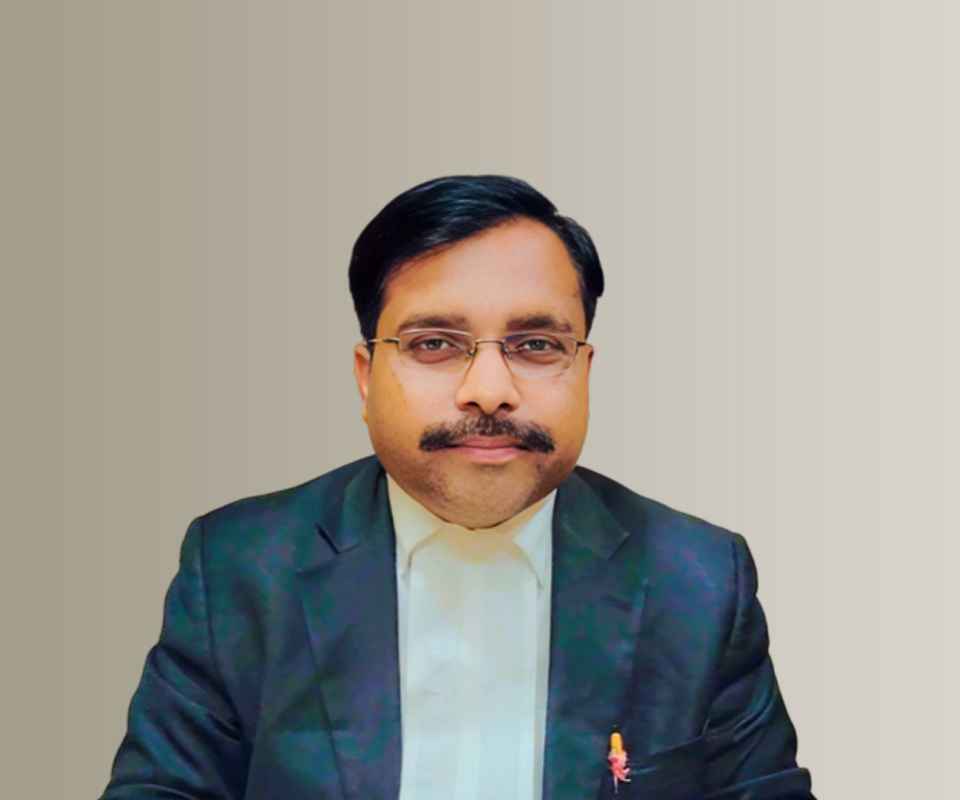Answer By law4u team
The Bolam test is a legal principle used to determine whether a medical professional has been negligent. It comes from an English case (Bolam v Friern Hospital Management Committee, 1957) and is also applied in India. Meaning: A doctor is not negligent if their actions are in accordance with a practice accepted as proper by a responsible body of medical professionals skilled in that particular field — even if another body of opinion would take a different view. In India: Courts have applied the Bolam test in deciding medical negligence cases, but they also require that the standard of care be reasonable, not outdated. Under the Bharatiya Nyaya Sanhita, 2023 (BNS), causing death by negligence (including medical negligence) is punishable with imprisonment up to 2 years or fine, or both, depending on the circumstances. The test helps decide if the act was a reasonable professional decision or a breach of duty leading to criminal liability.









